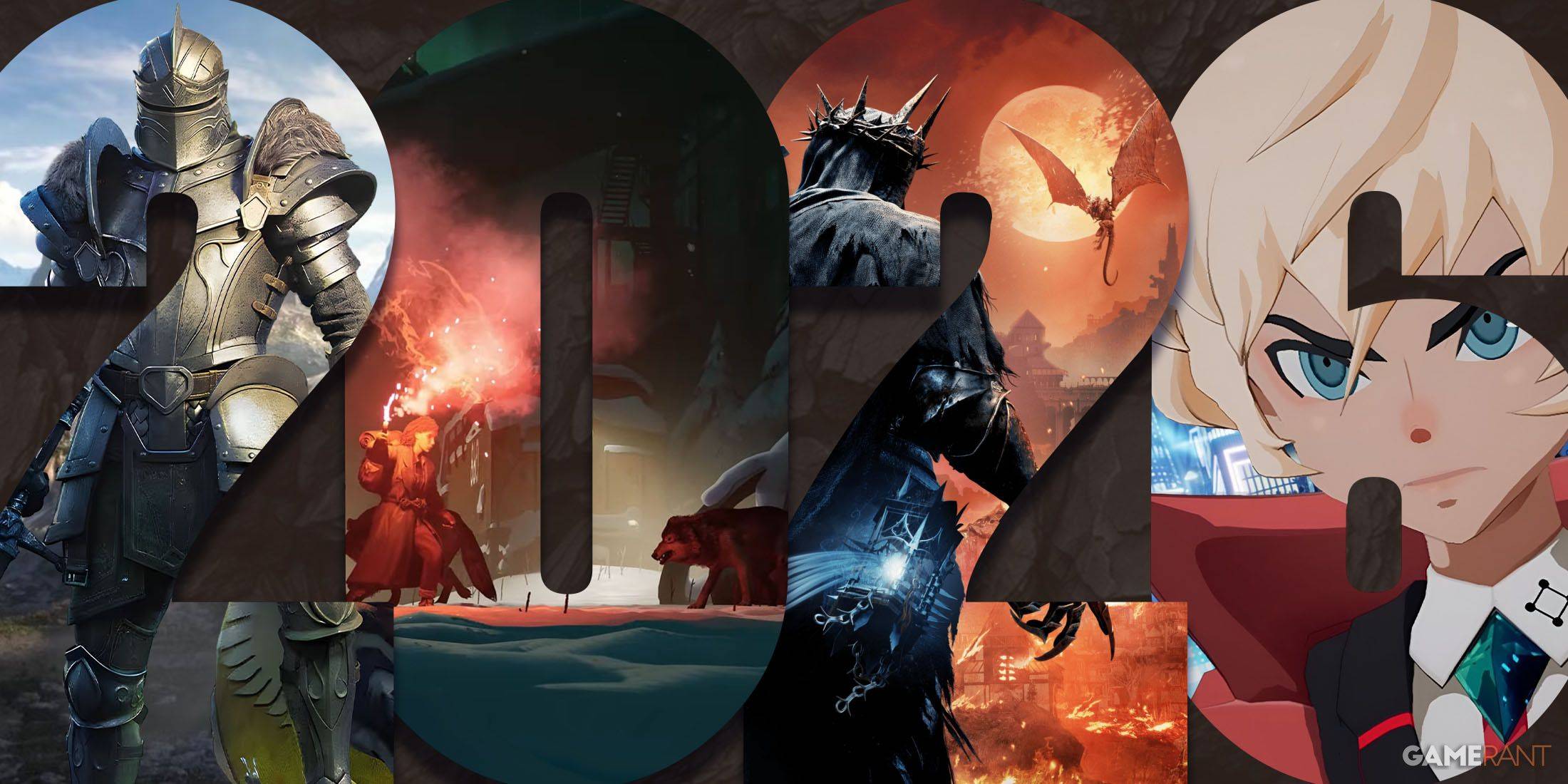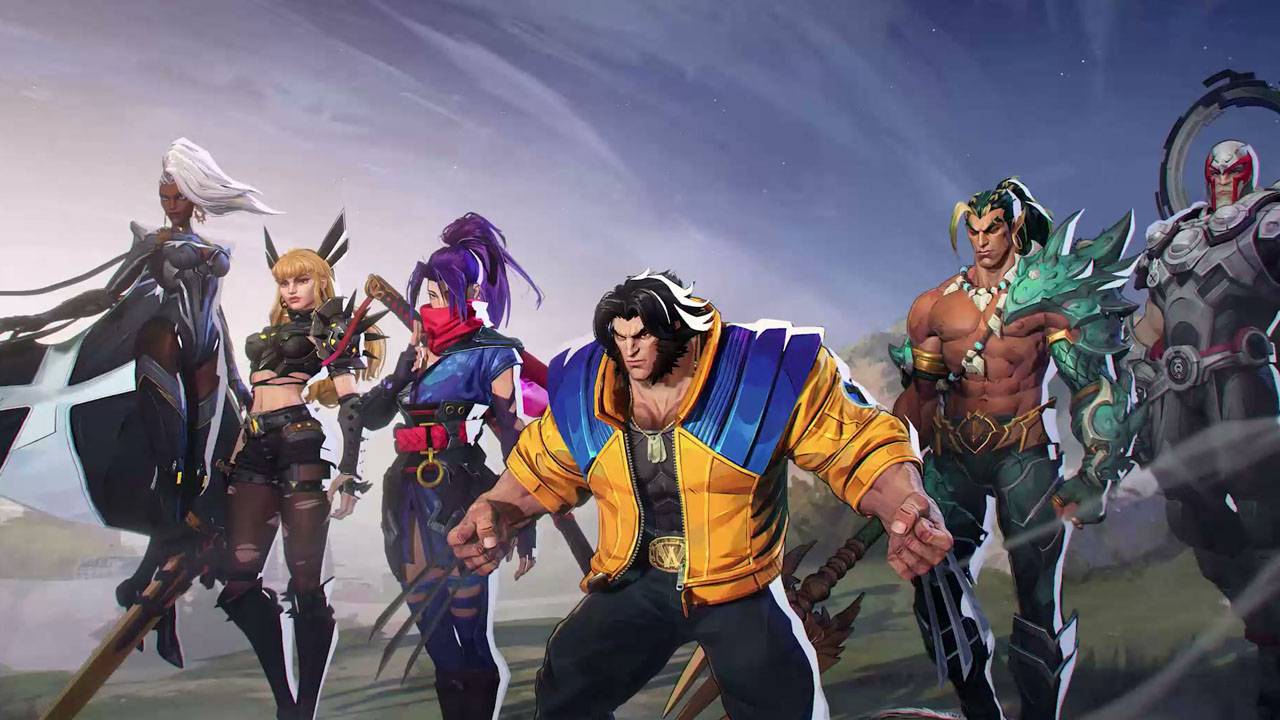Yasuke in Shadows: A Fresh Take on Assassin's Creed
Thanks to a renewed focus on the core ideas that the series was originally built on, *Assassin’s Creed: Shadows* delivers the most satisfying experience the franchise has seen in years. With the best parkour system since *Unity*, you can seamlessly transition from the ground to castle rooftops, and the addition of a grappling hook makes reaching high vantage points even quicker. Perched on a tightrope high above your enemies, you're just a drop away from executing the perfect kill—as long as you're playing as Naoe, that is. Switch to Yasuke, the game's second protagonist, and you'll find yourself in an entirely different kind of game.
Yasuke is slow, clumsy, and unable to kill silently. His climbing abilities are akin to those of a cautious grandpa. He embodies everything an *Assassin’s Creed* protagonist typically isn't, making him one of Ubisoft’s most puzzling yet intriguing design choices. When playing as Yasuke, the game no longer feels like *Assassin’s Creed*.
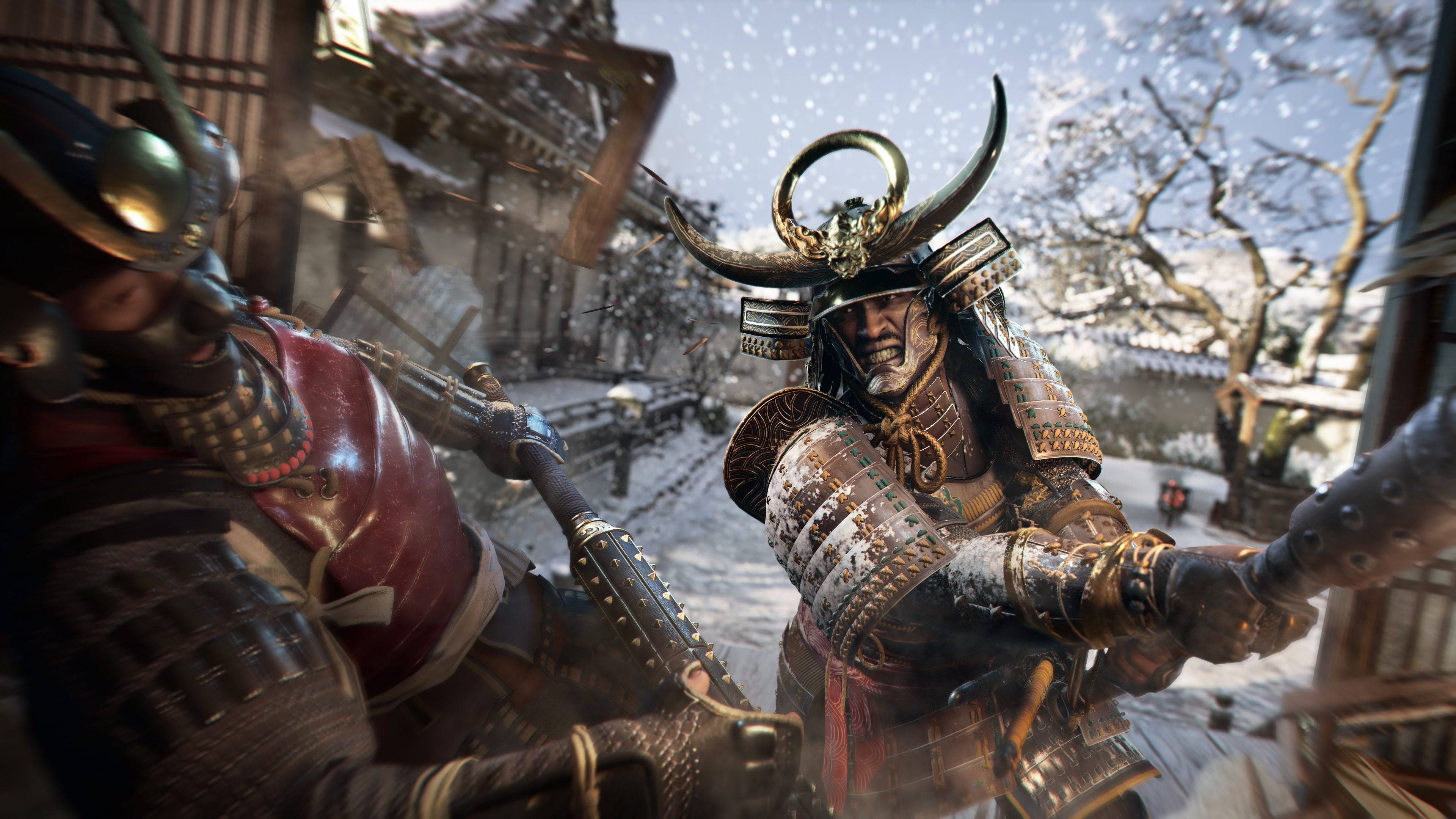 Yasuke changes the rules of Assassin's Creed, promoting grounded combat over parkour stealth. | Image credit: Ubisoft
Yasuke changes the rules of Assassin's Creed, promoting grounded combat over parkour stealth. | Image credit: Ubisoft
Initially, the stark contrast between Yasuke’s capabilities and the foundational philosophy of the series was frustrating. What’s the purpose of an *Assassin’s Creed* protagonist who struggles to climb and can’t perform silent takedowns? However, the more I played as Yasuke, the more I appreciated his unique design. Despite his limitations, he addresses critical issues that the series has faced in recent years.
You don’t get to play as Yasuke until several hours into the campaign, after spending your initial time controlling Naoe, a swift shinobi who exemplifies the "assassin" aspect of *Assassin’s Creed* better than any protagonist in a decade. Transitioning to Yasuke after such immersion in Naoe’s gameplay can be jarring.
Yasuke, the towering samurai, is too large and noisy to sneak effectively through enemy camps, and his climbing skills are limited to barely anything higher than his own head. He struggles to find handholds on the intricate rooftops of Japan, and when he does manage to climb, it’s painfully slow. On rooftops, he precariously balances on the apex, standing upright and inching forward, visible to all. These limitations introduce significant friction, making scaling environments feel like a chore, often requiring structures like scaffolding or ladders to make any progress.
While these constraints don’t entirely force Yasuke to stay on the ground, they certainly encourage it, limiting his ability to gain a strategic overview of the area. Unlike Naoe, who can use Eagle Vision to highlight enemies even from the ground, Yasuke has no such advantage. Choosing to play as him means sacrificing almost everything except raw strength.
*Assassin’s Creed* has always been about stealthy kills and vertical exploration—concepts that Yasuke directly opposes. Playing as Yasuke feels more akin to *Ghost of Tsushima* than *Assassin’s Creed*, especially given his lack of stealth skills and reliance on samurai swordplay. With Yasuke, the game shifts its focus to fierce combat, an area where *Assassin’s Creed* has often been critiqued but *Ghost of Tsushima* excelled.
Playing as Yasuke challenges the traditional *Assassin’s Creed* gameplay. Historically, the series has allowed players to climb virtually anywhere with ease, akin to Spider-Man with a knife. Yasuke changes this dynamic. Though he can't reach everything, careful environmental observation reveals hidden pathways designed specifically for him. For example, a leaning tree trunk might lead to a sync point that would be inaccessible without a grappling hook, or an open window on a castle's second floor could be reached via a staircase-like exterior wall. These paths require more thought than the effortless climbing of past games.
However, these pathways only guide Yasuke to where he needs to go, limiting his overall exploration freedom and ability to gain high ground for observing enemy movements. Yasuke’s approach to stealth is unconventional, with his only stealth skill being the "Brutal Assassination," which involves impaling an enemy on his sword, lifting them off the ground, and yelling—a far cry from subtlety. This move serves more as an opening for combat rather than a silent takedown, leading to some of the best swordplay *Assassin’s Creed* has seen in over a decade. Each strike is purposeful, with a variety of techniques from rush attacks to satisfying ripostes, culminating in brutal finishing moves that starkly contrast Naoe’s stealthy approach.
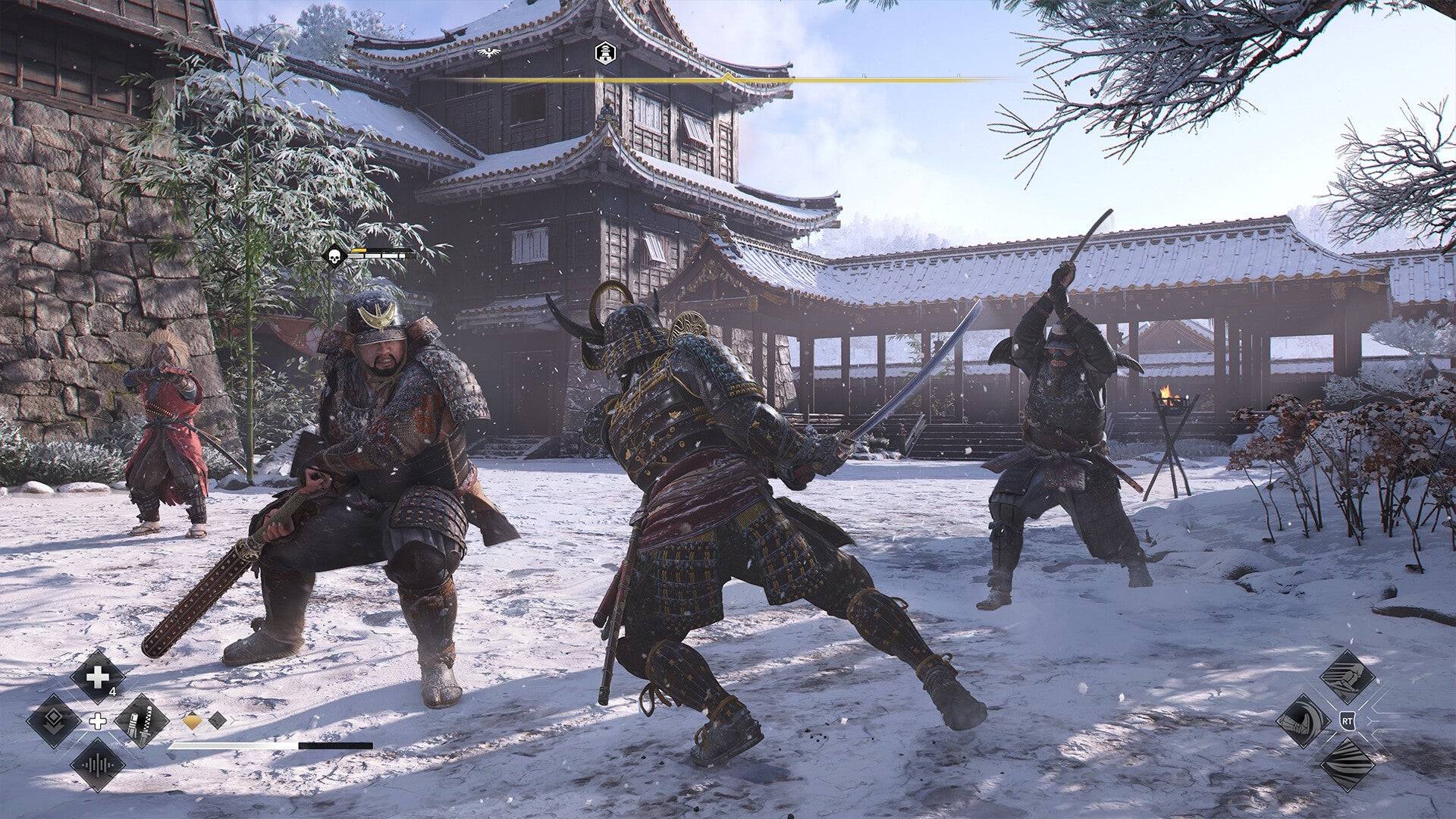 Yasuke enjoys the best combat mechanics Assassin's Creed has ever had. | Image credit: Ubisoft
Yasuke enjoys the best combat mechanics Assassin's Creed has ever had. | Image credit: Ubisoft
This separation of combat and stealth into distinct characters prevents the blending of styles seen in *Origins*, *Odyssey*, and *Valhalla*, where direct conflict often became the default. In *Shadows*, Naoe’s fragility means she can't engage in prolonged combat, forcing players to rely on stealth, repositioning, and resetting the stealth loop when combat breaks out. Meanwhile, Yasuke’s strength allows him to endure the toughest challenges, making him a thrilling combat option, especially as his skill tree unlocks new abilities over time.
Despite the clear intent behind Yasuke’s design, it's challenging to reconcile his role within *Assassin’s Creed*, a series built on stealthy kills and vertical exploration—elements that Yasuke directly contradicts. While protagonists like Bayek and Eivor veered into action territory, they still maintained the core abilities of an *Assassin’s Creed* lead. Yasuke, as a samurai, fittingly lacks stealth and climbing prowess, but this means you can't play *Assassin’s Creed* in its traditional sense while controlling him.
The real issue for Yasuke is his counterpart, Naoe. Mechanically, Naoe is arguably the best *Assassin’s Creed* protagonist in years. Her stealth toolkit is perfectly complemented by the verticality of Sengoku Period Japan’s architecture, offering an experience that truly embodies the essence of *Assassin’s Creed*: becoming a highly mobile, silent killer.
Naoe also benefits from the design changes introduced with Yasuke. While she can climb almost anywhere, the series' "stick to every surface" approach has been refined for more realism. This means players must still plan climbing routes and find anchor points for the grappling hook, but can leap further and climb faster, enhancing the open-world experience. On the ground, Naoe’s combat feels just as impactful and violent as Yasuke’s, though she can't sustain prolonged battles. This begs the question: why play as Yasuke when Naoe offers such a complete *Assassin’s Creed* experience?
Ubisoft’s intent to provide two distinct playstyles with Yasuke and Naoe creates a double-edged sword. Yasuke’s unique approach offers a fresh and compelling experience within the series, but it also directly opposes the core principles that make *Assassin’s Creed* stand out in the open-world genre. While I'll enjoy Yasuke’s combat prowess from time to time, it's through Naoe’s eyes that I'll truly explore the world of *Shadows*. Because when I play as Naoe, I feel like I'm playing *Assassin’s Creed*.




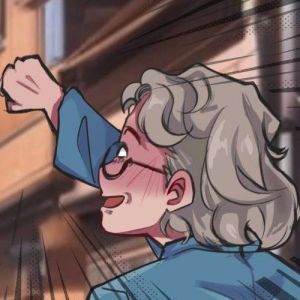


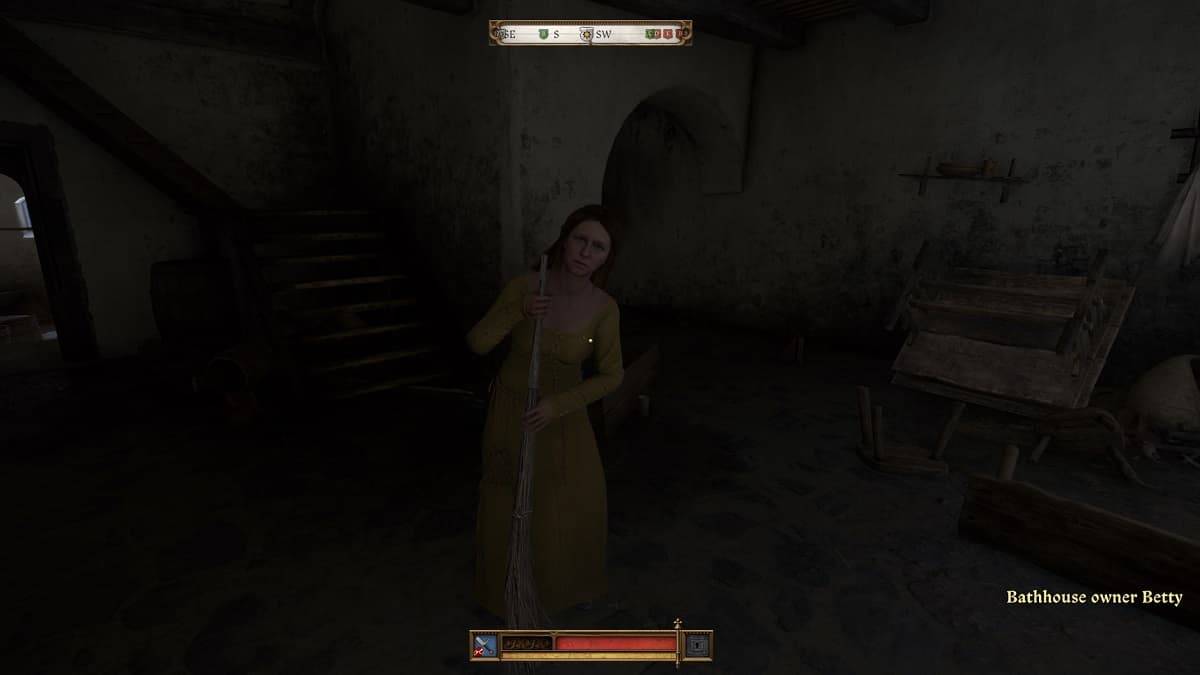


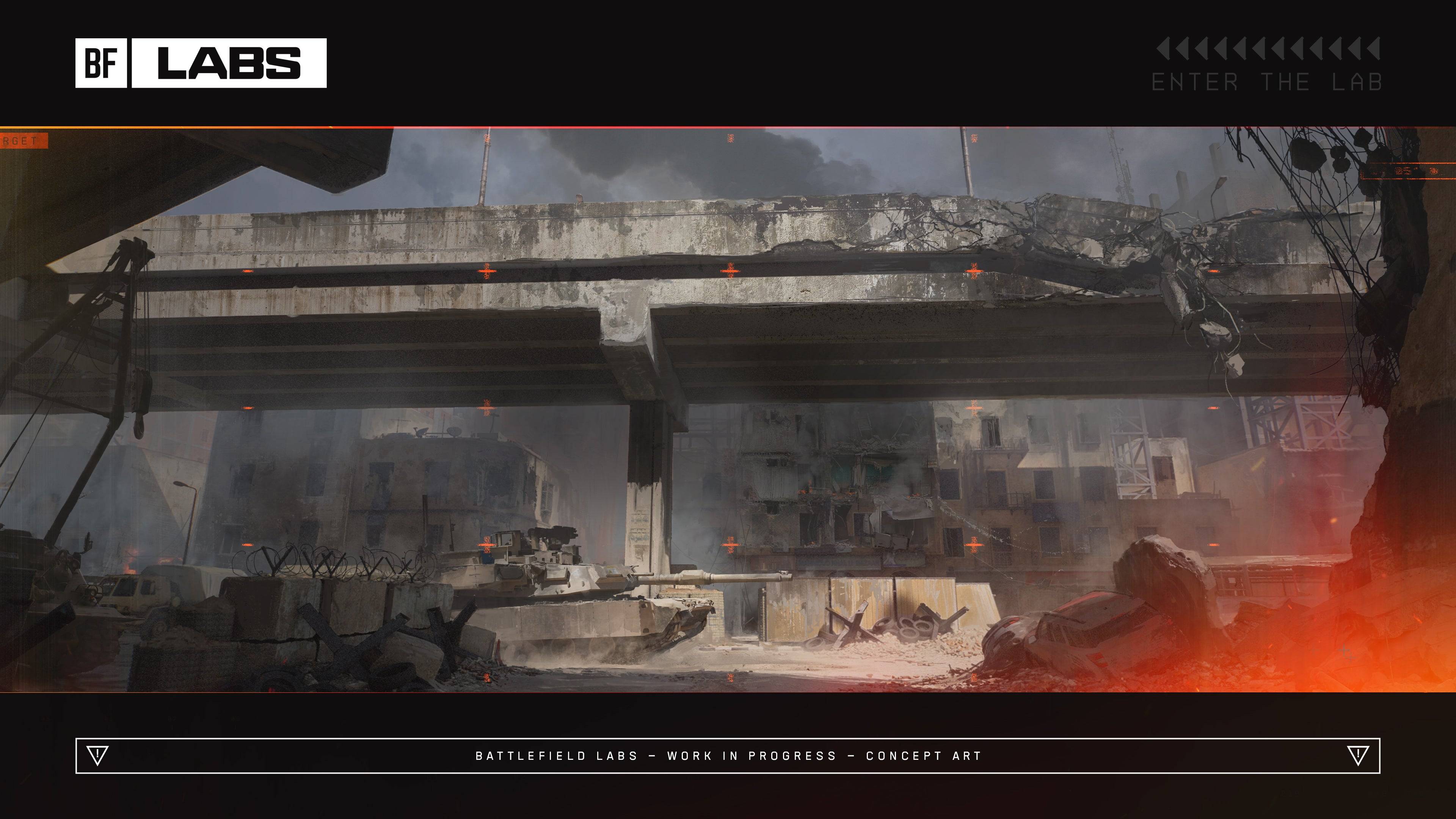
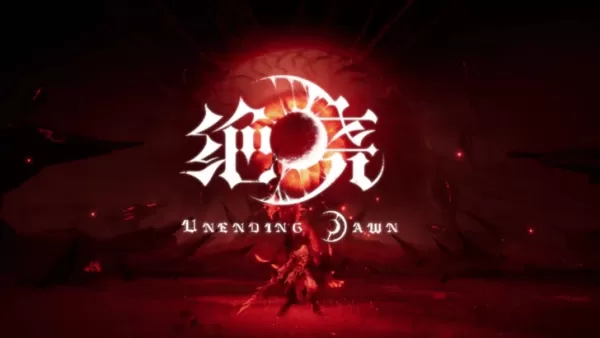











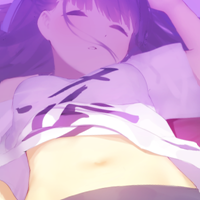



![Salvation in Nightmare [v0.4.4]](https://imgs.21qcq.com/uploads/36/1719555347667e551321c26.jpg)
